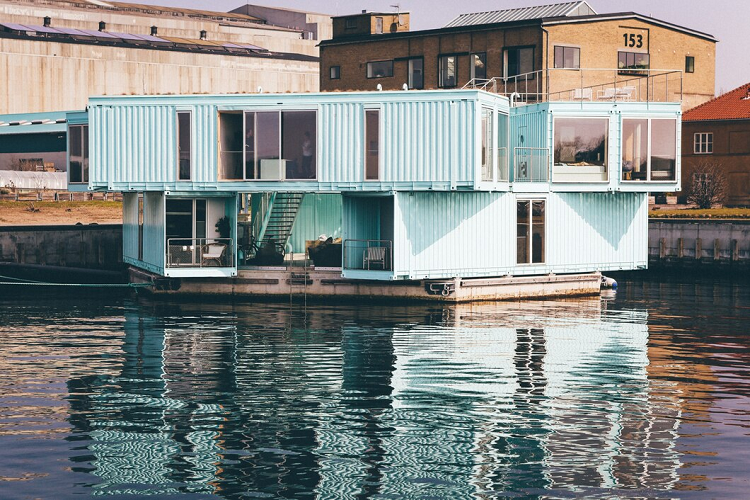Shipping container houses have gained popularity recently for their affordability, sustainability, and unique aesthetic appeal. These innovative homes are not only environmentally friendly but also cost-effective. Before you set out to build your ideal shipping container house, it is crucial to contemplate several vital aspects.
Consider these factors as you embark on your container home project, ensuring that you are thoroughly prepared to construct a functional, visually appealing, and eco-friendly residence that aligns with your individual requirements and tastes.
5 Tips to Consider Before Building a Shipping Container House
A Shipping container house is cost-effective, eco-friendly and can be built quickly. But before you jump into building your own shipping container house there are a few factors that you should consider first.
Location and Permits
Choosing the right location for your shipping container house is paramount. You will need to consider local zoning laws, building codes, and permits. While some areas are container-friendly, others may have strict regulations or even outright bans on container construction. It is essential to consult with your local authorities and verify the legality of your project. Additionally, assess the site’s accessibility, utilities, and soil conditions to avoid unexpected challenges during construction.
Once you’ve selected the location and gathered all the permits, look into Boxhub shipping containers for sale and choose the container that best suits your needs. You can choose between 20ft and 40ft shipping containers; for a home, it may be best to select the bigger size. Boxhub offers new and used shipping containers, enabling you to choose one that suits your budget.
Design and Layout
The design and layout of your shipping container house are crucial for both functionality and aesthetics. Begin by sketching your ideal floor plan, considering the number of containers needed and their arrangement. Containers can be stacked or placed side by side, allowing for various configurations. Think about room placement, natural light, and ventilation. Consider open-concept designs, multi-purpose rooms, and creative storage solutions to make the most of the limited space.
Insulation and Climate
Shipping containers are made of metal, which conducts heat and cold rapidly. Proper insulation is essential to maintain a comfortable indoor climate. Various insulation options are available, such as spray foam, rigid foam, or insulating panels. The choice of insulation will depend on your climate and budget. Ensure you consider ventilation and heating/cooling systems to regulate temperature and humidity efficiently.
Structural Modifications
To transform shipping containers into habitable spaces, structural modifications are necessary. This includes cutting openings for doors, windows, and passageways. Hiring experienced professionals who understand the structural integrity of containers and can perform these modifications safely is vital. Remember that excessive alterations can weaken the container’s structural integrity, so balance functionality and preservation.
Budget and Project Management
Setting a realistic budget and managing your project’s finances are fundamental aspects of container home construction. Start by estimating the cost of containers, site preparation, permits, insulation, utilities, and interior finishes.
Add a contingency fund for unexpected expenses, which often arise in construction projects. To keep costs under control, consider using reclaimed or recycled materials and sourcing containers locally. Additionally, create a project timeline and stick to it to prevent delays and cost overruns.
Conclusion
Constructing a shipping container house can offer an exhilarating and satisfying experience, but it necessitates meticulous planning and the thoughtful examination of numerous elements. You can turn your container house dream into a reality by choosing the right location, designing a functional layout, addressing insulation and climate control, making structural modifications wisely, and managing your budget effectively.
With the right approach and attention to detail, your shipping container home can be a sustainable and stylish living space you will cherish for years.




